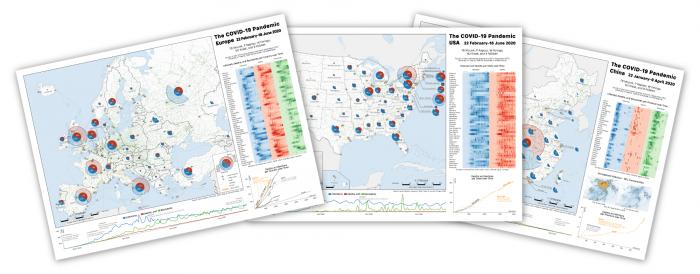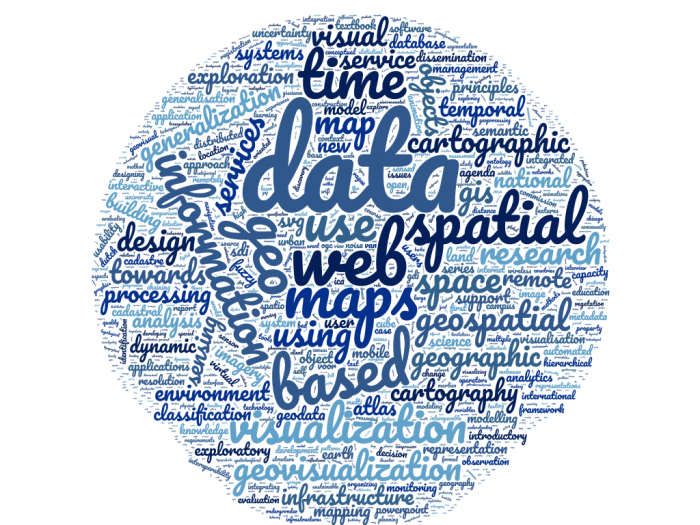Epidemics and Pandemics in Maps – The Case of COVID-19

COVID-19 has a heavy impact on our lives, which is why information sharing is important. GIP discusses how to visualize pandemic data in our most recent article, written by FB Mocnik, P Raposo, W Feringa, MJ Kraak, and B Köbben:
https://doi.org/10.1080/17445647.2020.1776646
You are welcome to use the three COVID-19 maps published (China, Europe, and US). These are available as JPEG and PDF files as supplemental material under CC BY 4.0. ITC and the University of Twente care about society and wish you all good health.
“Epidemics and pandemics are geographical in nature and constitute spatial, temporal, and thematic phenomena across large ranges of scales: local infections with a global spread; short-term decisions by governments and institutions with long-term effects; and diverse effects of the disease on many aspects of our lives. Pandemics pose particular challenges to their visual representation by cartographic means. This article briefly summarizes some of these challenges and outlines ways to approach these. We discuss how to use the information usually available for telling the story of an epidemic, illustrated by the example of the 2019–2020 COVID-19 pandemic. The maps attached to this article demonstrate the discussed cartographic means.”




